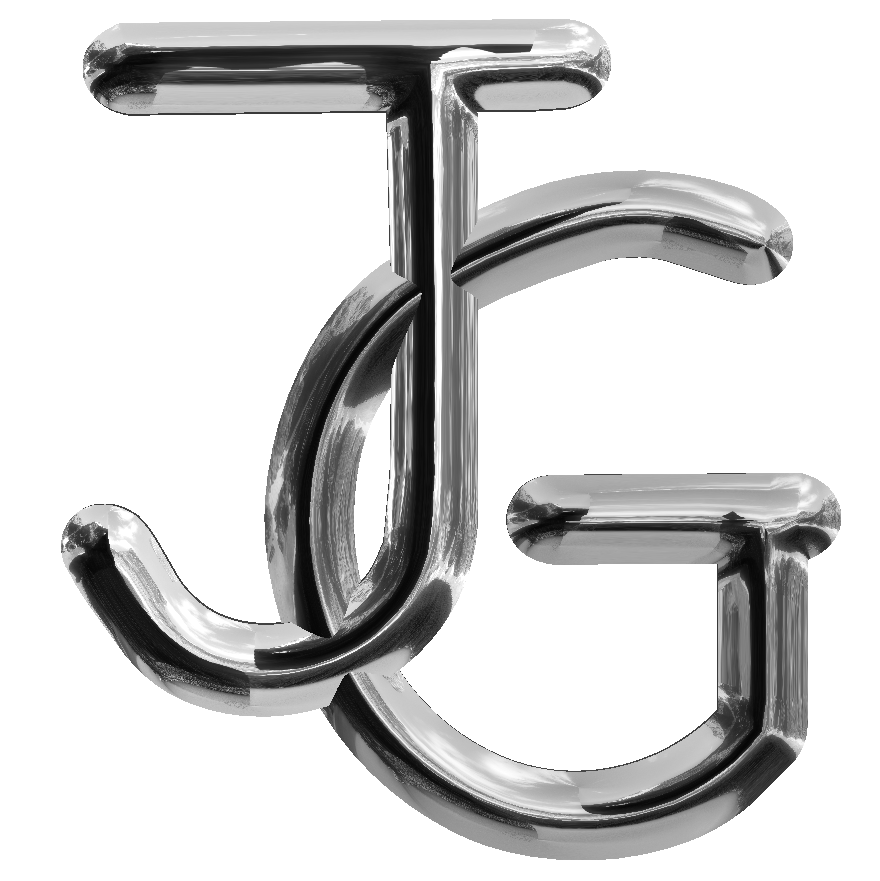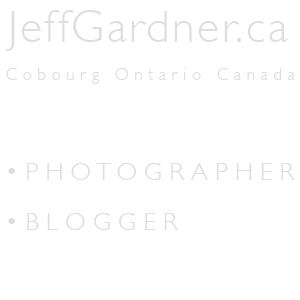An Orton effect causes the lighter part of the image to glow while keeping the dark parts untouched. There are several approaches, a non-destructive method using Luminosity Masks and Smart Objects and there is also the Fast and Dirty method documented further down this post.
As most of my edit is ‘non-destructive’ so using Smart Objects seems to me to be the way to go.
Non Destructive
- Open the file from LR as a Smart Object into PS.
- In PS right click the layer just created from LR and select New Smart Object Via Copy (this will break the link to the original SO so that CR edits are still possible on the original SM from LR.
- Rename the new layer as BASE
- Cmd+J to duplicate this layer (which will keep the link to the BASE Layer.
- Rename this new layer as BLUR
- Double click the BLUR layer and add about 1 EV of Exposure so that the highlights glow but are not burned out. (this will change the BASE layer as well)
- Change the BLUR layer to blend mode of Multiply
- Add a Gaussian Blur to the BLUR layer – zoom to at least 100% and avoid bleeding the colour into the highlights. The preview window helps to avoid the bleeding while the final results are displayed.
- Add a Shadow Luminosity Mask to the BLUR layer to protect the darks as they are not part of the Orton effect.
- Optionally mask the highlights somewhat to restore detail to them (without the blur)
Fast and Dirty
Have you ever wondered how some of the top landscape photographers achieve that dreamy yet sharp look? It’s actually quite simple. In this article you will find a step-by-step guide to creating, refining and using the ‘Orton layer’ in your post processing workflow.
Take original image, add 1 stop EV.
Duplicate, 20 pixel Gaussian Blur. 2% increase is size to ‘un-register’ may be performed if desired.
Red and Yellow content works well.
Blend mode Multiply
Sharpen the original image not the orton layer
Source: Go with the glow: How to effectively use Orton Layers in post processing

